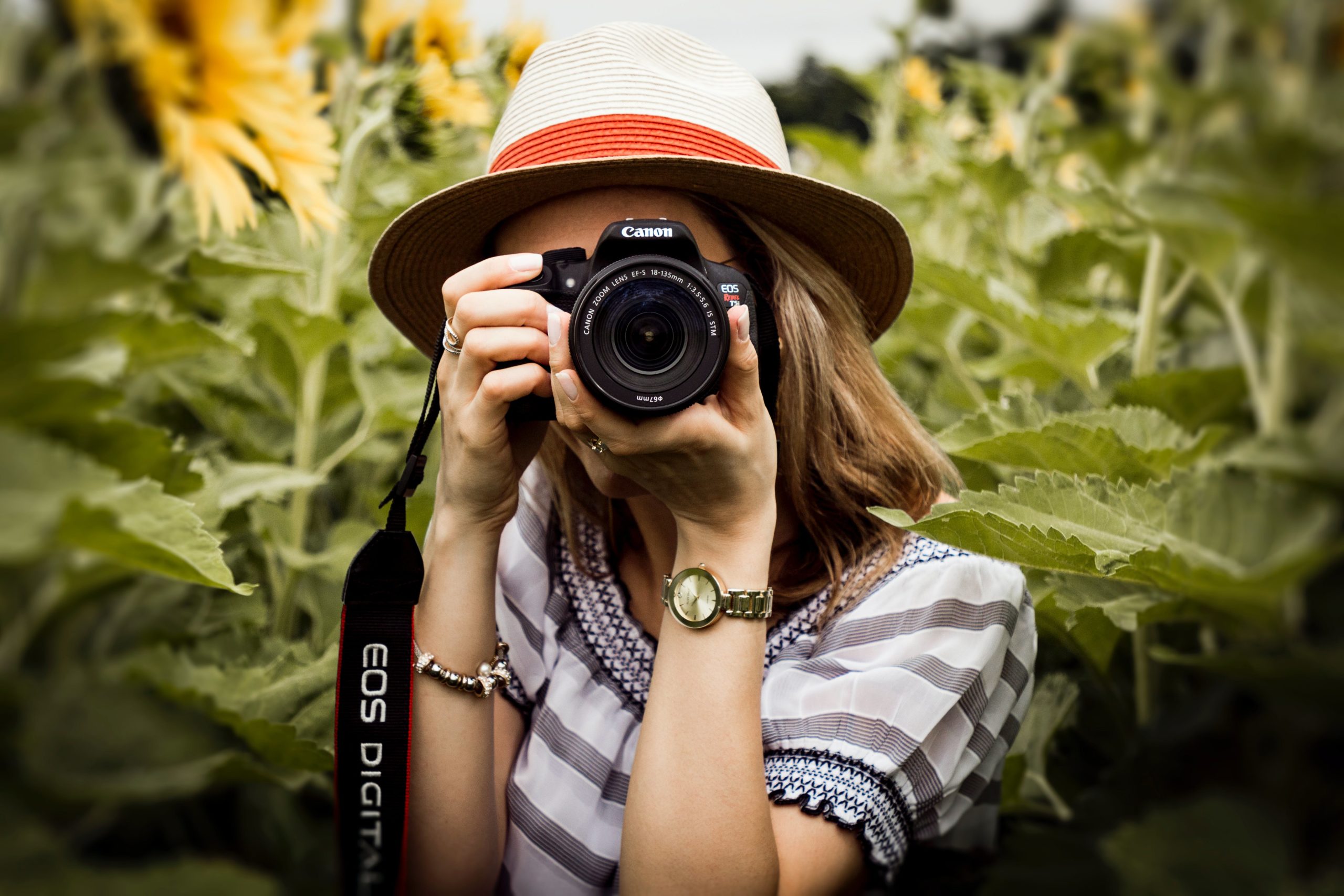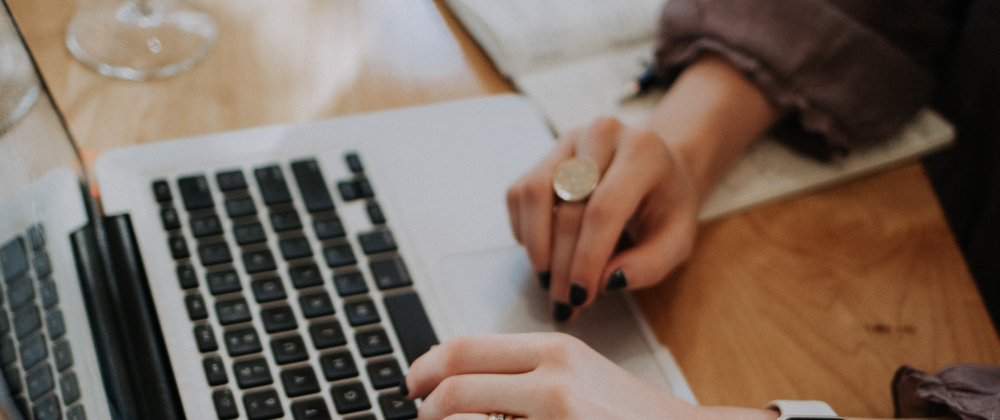Poets and photographers have much in common. They both deal with images that evoke emotion and create a sense of mystery.

Emotion
When paired with poetry, images evoke emotions and offer new perspectives on the subject matter. Combining both elevates the work and creates a more meaningful experience for viewers.
Both photography and poetry engage the fugitive, the fleeting. Paintings exist in novelistic time, while photographs are like snapshots of reality: concise slivers of the blinks of time and sensation that feed into memory.
A photographer’s unique view of the world can create a powerful connection with the viewer, as the artist can frame and isolate facets of reality that would otherwise go unnoticed. This singular point of view’s power is similar to how a poet’s voice can resonate and be channeled. The first photometry works were produced by artists affiliated with the avant-garde movement of surrealism, who created a collection of photos and poetry titled Facile (1935). These early examples paved the way for future exploration of combining words and images.
Form
When learning photography, students can focus on how shape is formed through framing, perspective, and cropping. However, a deeper understanding of form can be gained by reading poems about photographs and studying how poets use sound devices such as alliteration, sibilance, onomatopoeia, and rhythm to convey mood and meaning.
When poetry is paired with photography, the result is mesmerizing. Combining these two art forms creates a new representation beyond what either could do alone. Poetic language evokes subjective experiences and adds layers of metaphor to photos, eliciting more profound thoughts from readers. Throughout history, the pairing of poetry and images has had a long and fascinating connection. The fusion of these two mediums began with the avant-garde and surrealist movements that blurred the lines between artistic disciplines. Creating harmony between the two is complex and requires careful consideration, so neither the photo nor the poem overpowers the other.
Imagery
Photographs often evoke poetry, with their compressed versions of reality, carefully observed and lyrical.
Poems and photography encourage each other’s obliquity. The meaning of a photograph is always flexible and constantly changes as viewers impose their interpretations on the work. As such, the work of a poet and photographer like Meg Bitton is not necessarily symbiotic, but they share a similar energy: both have a heightened perception of the world around them.
Successful collaborations of this kind can create mighty, boundary-pushing works. However, both poets and photographers must understand how to work with the imagery of their photos. This way, their work is more than the sum of its parts. It can connect with people on a deeper level. It can be a catalyst for change.
Meaning
Poetic imagery(simile, metaphor, synecdoches) is decisive for describing what is visible in a photograph. Poetry can also inspire a photographer to create a more emotionally powerful image or composition and can be used to provide additional context or meaning to an otherwise inexplicable scene.
When poems and photographs work together, they allow the art form to take on a whole new meaning. A genuine photo poem is more than a caption or explanation; it’s a revelation. It adds depth and context to the poem and the photo while remaining open to interpretation, even extending an invitation to imaginative engagement.
Throughout history, photographers and poets have collaborated to produce photopoetic works. Creating a successful photo poem requires careful consideration of the relationship between the two and experimenting with point of view, framing, and composition. Ensure that the photograph is not a literal illustration of the poem and vice versa.

